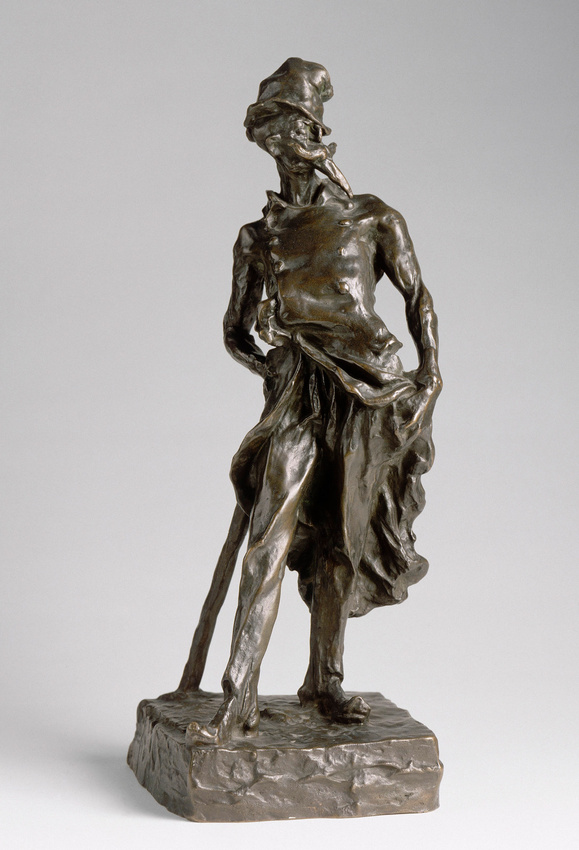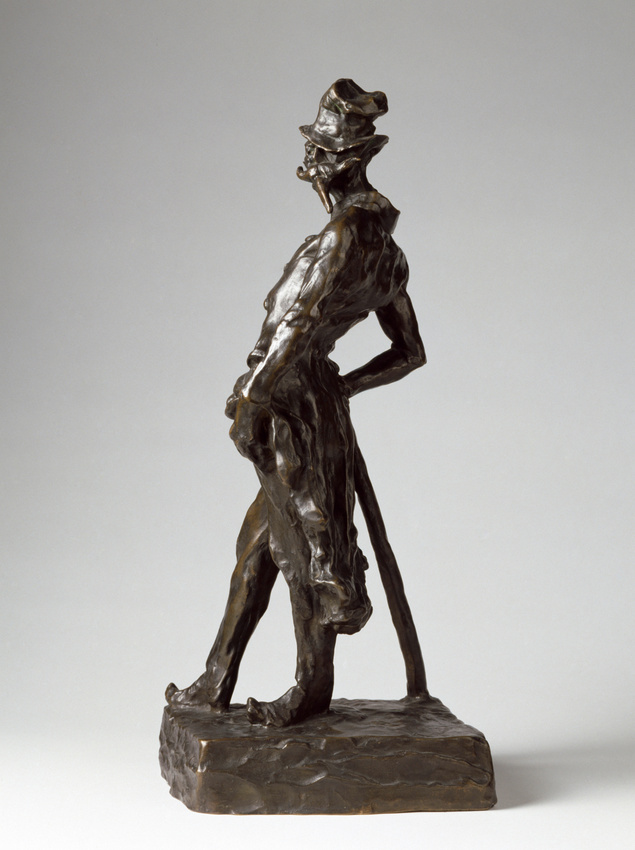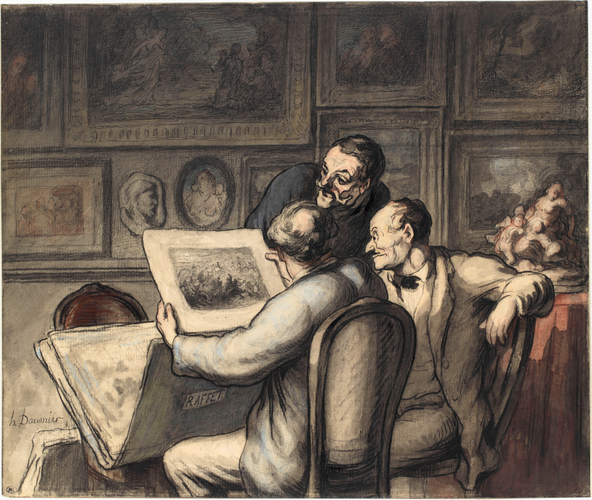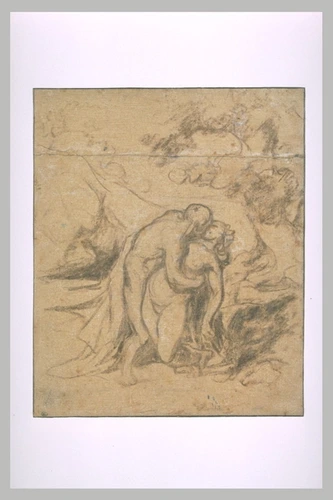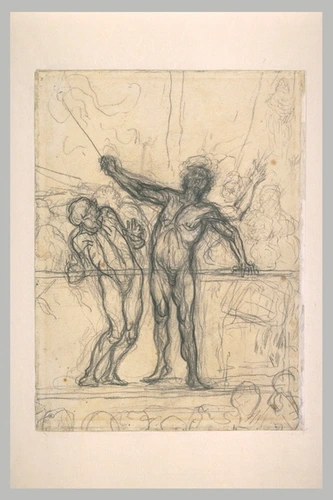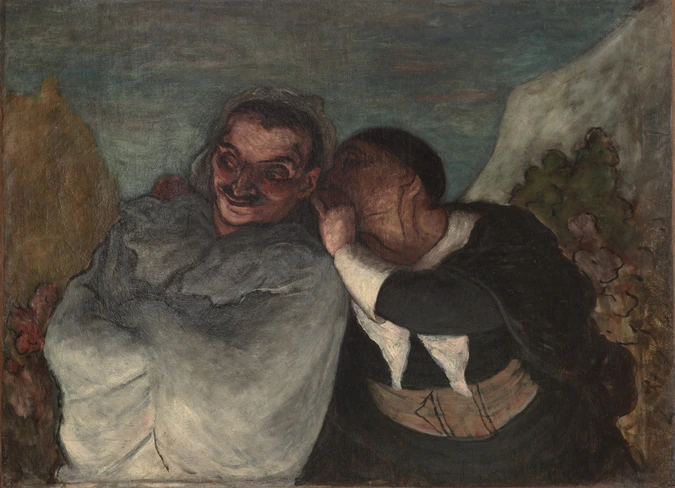Ratapoil
Between March 1850 and December 1851, in Le Charivari, Daumier published about thirty lithographs illustrating a character representing "the shady agent, the indefatigable representative of Napoleonic propaganda". In this way, Daumier, a devout Republican, attacked the hard-line propaganda put about by certain electoral agents working for Louis-Napoleon Bonaparte. Elected to head the Second Republic in 1848 for a fixed four-year term, the Prince-President then organised an ongoing propaganda campaign for his own benefit. The threat of an imperial restoration was taking shape.
The nickname Rastapoil (Skinned Rat) appeared on 12 August, again in Le Charivari. In 1875, it was featured in the Grand Dictionnaire Universel du XIXe siècle where it was defined as a familiar term for a supporter of militarism, and particularly of Napoleonic imperialism.
Daumier probably modelled his statuette in March 1851. The volumes are exaggerated, unbalanced, fragile and powerful at the same time, endowing the work with a subversive violence commensurate with the political issue.
Along with the exaggeratedly curved posture, the crumpled trousers and frock coat, as a final flourish, he adds a fiendish expression to the face. Although Ratapoil's features do not directly caricature those of the Prince-President, the Imperial whiskers remain an immediately recognisable symbol of the enemy.
Incredibly modern, Ratapoil broke away from all the sculpture categories that existed in 1850 and was already moving towards Expressionism. With this death-dealing figure, Daumier presents a fierce, pessimistic statement about shady political dealings.

